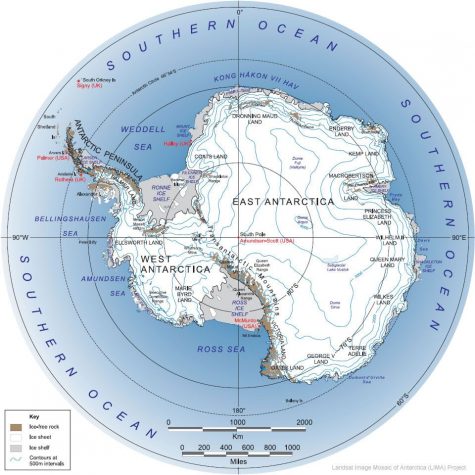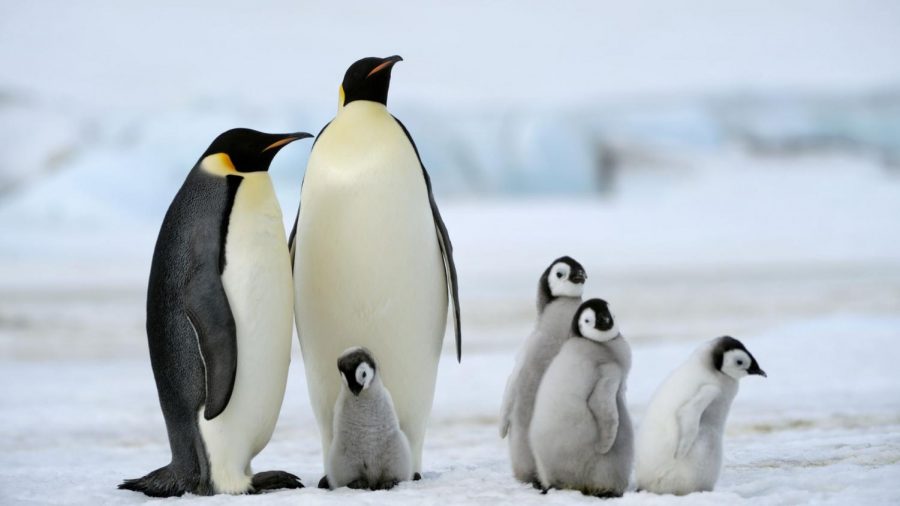Antarctica: Your New Vacation Spot?
Emperor Penguins are native to Antarctica
Terra Australis Incognita: the barren, frozen, and uninhabited land mass at the South Pole.
For centuries, this unknown land was a fascination amongst navigators. The first sighting of this legendary continent (later receiving the name Antarctica) was during an 1820 Russian expedition through the Southern Ocean. Even 200 years after the original sighting, Antarctica is still considered one of the last frontiers on Earth. With temperatures as low as -128.6 degrees Fahrenheit and no permanent population — aside from scattered research bases, what would encourage someone to visit?
A recent temperature reading from Esperanza research station may change all of that. On February 6th, a record high 65 degree Fahrenheit temperature was recorded in Antarctica. Though this is a troubling sign of the growing trend of global warming, there may be a silver lining: tourism.
Antarctica, a place long dedicated to only the most extreme adventurers or most dedicated scientists, could stand to gain much from an increase in tourism. Despite the obvious environmental damage that can result from increasing temperatures, like melting ice caps or habitat destruction, tourism will almost certainly intensify with more moderate temperatures.
It may be surprising, but there already exists a diverse array of vacation options to Antarctica. For instance, the Silverseas cruise embarks from Ushuaia, Argentina, traverses the Drake Passage and tours the Antarctic Peninsula for ten days before returning to Argentinian waters. This deal starts at around $15,000 per person. Additionally, the White Desert offers an 8-day luxury private flight from Cape Town, South Africa to the geographic South Pole for only $92,500.
Clearly, the expenses will be a restriction for most travelers. However, wealthy tourists and seasoned travelers may still jump at the opportunity to explore the most obscure continent in the world. Few would want to miss the impressive migration of the Emperor Penguins or idyllic, natural ice structures that Antarctica has to offer.
When asked whether he would go on a vacation to Antarctica, Adams senior Ricky Aubuchon answered, “That’d be cool. I wouldn’t want to go on some science expedition, but it would be cool to see.”

Map of the continent of Antarctica
Senior Emma Flowney agreed. “Yes,” she continued, “it would be cool to visit all seven continents.”
Though tourism is often associated with the degradation of a local environment, the revenue that it would bring to the continent could be key to its preservation and survival. Since the Antarctic Treaty stipulates that no single country has ownership of the continent, it is up to the travel companies and scientists stationed there as well as environmental activists world-wide to ensure the safety of the beautiful, nearly untouched continent.










